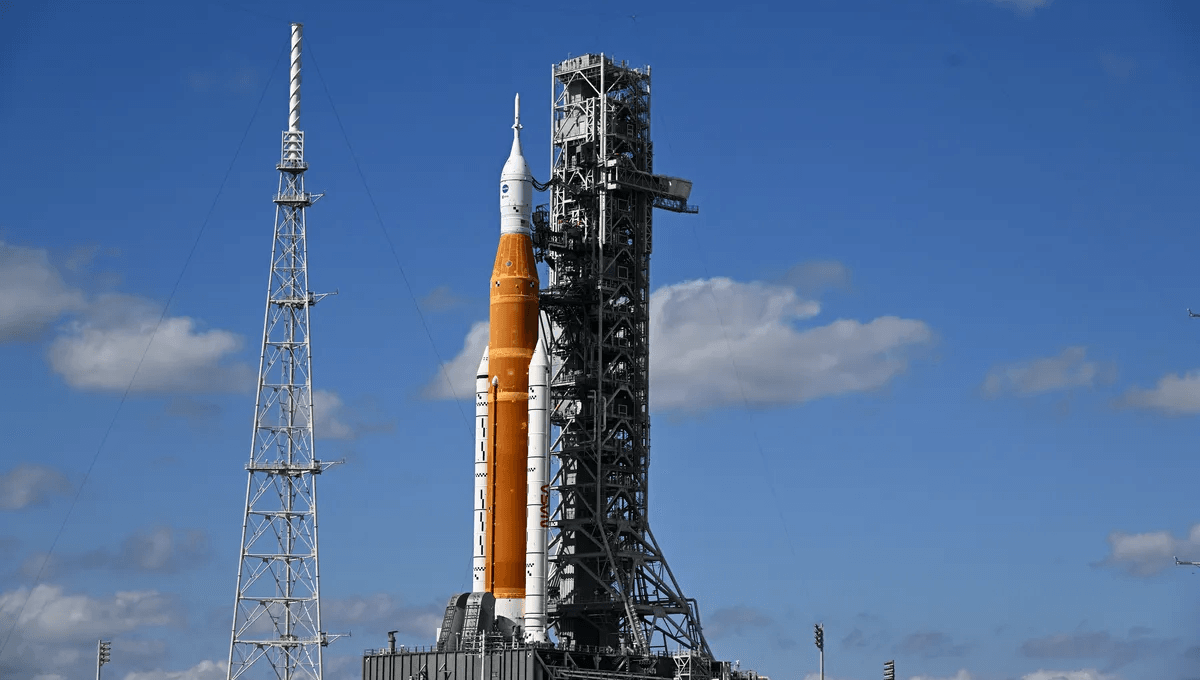
If everything goes according to plan, in just over two years we should see humans back on the Moon. That has been the goal of NASA over the last several years, a goal that seems now a lot more uncertain than previously thought.
ADVERTISEMENT GO AD FREE
There is the problem of Starship – the vehicle from Elon Musk’s SpaceX – which is needed to ferry astronauts from lunar orbit to the lunar surface and back, but continues to explode in tests.
Musk also doesn’t think that the Moon should be a priority, calling it a “distraction” on X (Twitter). That might be a SpaceX-specific focus, as Musk has been promising that Starship will take humans to Mars. For example, in 2016, Musk stated that the first human on Mars would get there in 2024. Musk is incredibly influential in the Trump administration, and it is unclear if his influence extends to dictating NASA’s strategy.
Trump also mentioned Mars in his inaugural speech: “we will pursue our manifest destiny into the stars, launching American astronauts to plant the Stars and Stripes on the planet Mars.” This has left many people concerned about NASA’s actual plan as well as worried about Trump’s intentions. “Manifest destiny” is an extremely controversial figure of speech given it is a “racial doctrine of white supremacy“, with the term being used in expropriating lands from Native Americans as well as the US seizing control of Hawai’i and the Philippines.
Trump’s pick to lead NASA, billionaire Jared Isaacman, has not been approved yet, so no official changes in the plan have been put forward. The acting head of NASA, Janet Petro, attended the 27th annual Commercial Space Conference and took part in a fireside chat, as reported by Space.com.
Asked about potential future successes in collaborations between commercial partners and NASA, Petro answered with “boots on Mars” and “many, many, many boots on the Moon.” This exchange has been considered a potential shift from the “Moon first, then Mars” approach to a more parallel view of simultaneous exploration of both the Moon and Mars.
ADVERTISEMENT GO AD FREE
Congress doesn’t seem to share that approach at the moment. Congressman Mike Haridopolos (R-FL), the new chair of the House space subcommittee, has stated that he supports going to the Moon first, and then Mars.
“I do think we should go to the Moon first. I know there’s been some discussion about that. There’s a lot of possibilities because when you go to the Moon you can get some of those materials from the Moon that are so important. … But it’s just the beginning,” Rep. Haridopolos said during the Commercial Space Conference, as reported by spacepolicyonline.com.
It is unclear what kind of material Haridopolos is referring to. Rocks from the Apollo missions have shown that the Moon’s and Earth’s rocks have a very similar composition. They in fact indicated that the Moon was actually part of Earth, and it formed in a cataclysmic impact between Earth and a Mars-sized planetoid we have dubbed Theia.
ADVERTISEMENT GO AD FREE
It is unclear if the plan for the Artemis mission will change drastically as Isaacman begins working there, once confirmed. Certainly, the scope will be different. For several years, NASA said that Artemis would bring Americans back to the Moon, including the first woman and the first person of color. It is unlikely that such a tagline will survive what some have described as the segregationist approach the current administration has taken toward diversity and inclusion.
NASA has already removed webpages describing their reasonable accommodation policies supporting disabled people, which has been considered a potential violation of the Americans with Disabilities Act. 404 Media reported that the agency told workers to remove any mention of accessibility, Indigenous people, environmental justice, or women, particularly women in leadership. This was a priority move for Petro, the first woman to lead NASA.
If everything goes according to plan, Artemis II will launch next year and will take four astronauts around the Moon for the first crewed test of the Orion capsule. If that and Starship are successful, then Artemis III will bring them to the lunar surface in mid-2027.
Source Link: Going To The Moon Or Mars Next? NASA And Congress Are Not Seeing Eye-To-Eye